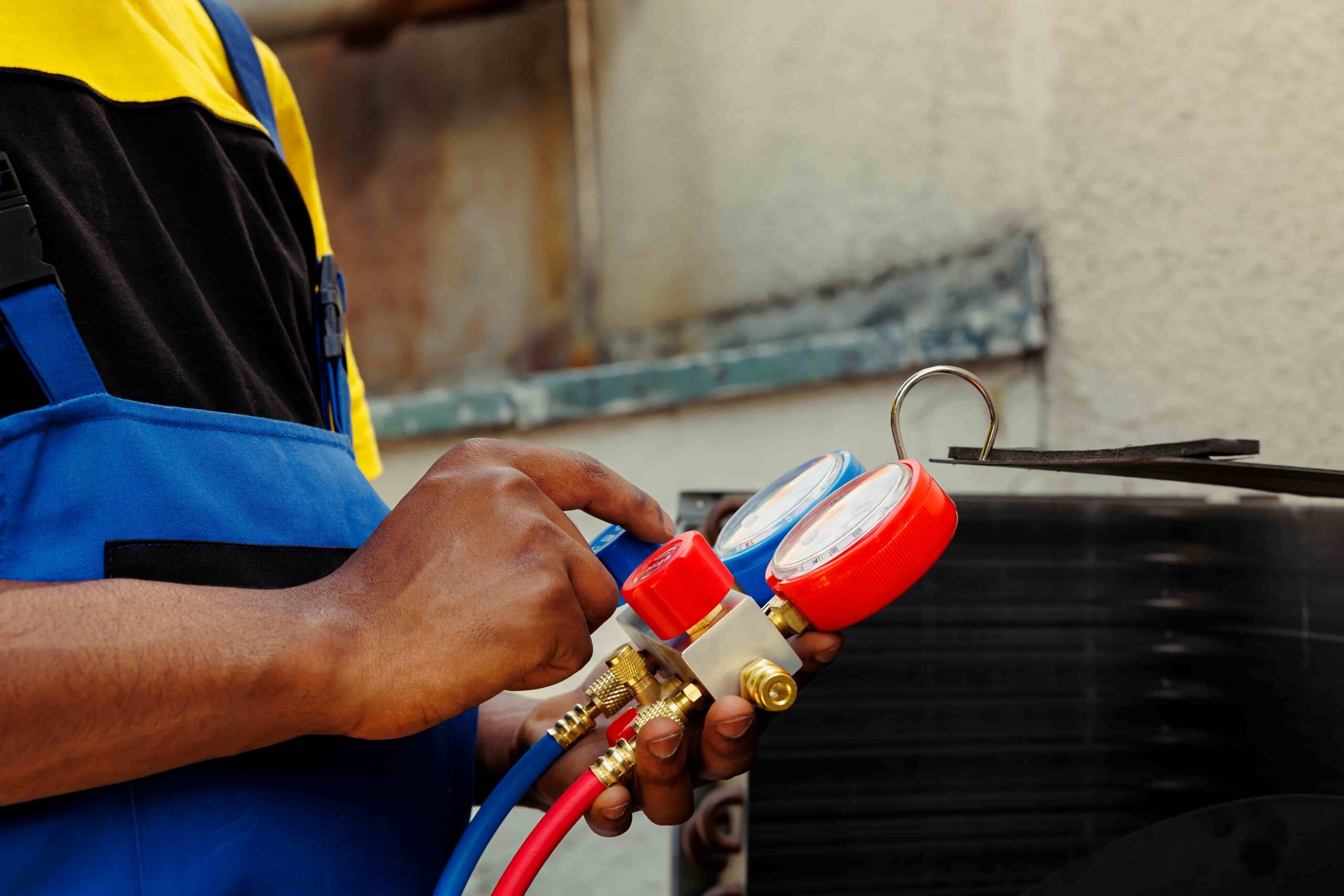Training HVAC Technicians for the Refrigerant Transition | A2L Readiness & Safety

Training and Certification: Preparing Technicians for the Refrigerant Transition
The global HVAC industry is undergoing a significant shift toward next-generation refrigerants like R-32 and R-454B, known for their lower environmental impact. But with this transition comes new responsibilities, especially for the technicians tasked with installing and servicing these systems.
Proper training and certification are not just recommendations, they’re essential. In this article, we’ll break down what HVAC professionals need to know about preparing for the refrigerant transition, particularly as A2L refrigerants become the new standard.
H2: Why Technician Training Matters in the Refrigerant Shift
With the rise of low-GWP A2L refrigerants, technicians face unfamiliar safety classifications and system requirements. These new refrigerants, while safe, require updated practices and specialized equipment.
Why it matters:
- A2L refrigerants are mildly flammable
- New safety codes apply (e.g., ASHRAE 15.2P, CSA B52)
- Improper handling could risk system performance or safety
Understanding Refrigerant Classifications and Safety Risks
Before diving into training specifics, it’s crucial to understand what makes these refrigerants different.
What Does A2L Mean?
- A: Low toxicity
- 2L: Mild flammability, low burning velocity
Compared to legacy refrigerants like R-410A, these newer options are safer for the planet but demand greater technical knowledge.
Required Certifications for Handling A2L Refrigerants
In Canada and many other regions, certification is required to legally handle refrigerants, especially those with flammability ratings.
Common Certifications to Pursue
- ODS Card / Refrigerant Handling License (Canada)
- Red Seal HVAC Certification
- A2L-Specific Training from manufacturers and HVAC associations
- CSA B52 & ASHRAE 15.2P compliance training
Without proper credentials, technicians may not be allowed to legally install or maintain new systems.
What Should Be Included in Technician Training?
A high-quality training program for A2L refrigerants should go beyond the basics.
Topics to Cover
- Leak detection techniques for A2L refrigerants
- Safe cylinder handling and storage
- Emergency response in case of refrigerant exposure or leaks
- Installation of ventilation and leak detection systems in enclosed spaces
- Refrigerant recovery and disposal protocols
- Equipment compatibility and service tools approved for A2Ls
Hands-on learning is especially important, mock installations and leak response drills help prepare technicians for real-world scenarios.
Equipment Technicians Need for A2L Refrigerants
Switching to A2L refrigerants often means upgrading tools.
Essential Tools & Equipment
- Certified recovery machines rated for A2L use
- Leak detectors calibrated for R-32 or R-454B
- Compatible manifolds, hoses, and gauges
- Safety PPE like gloves and eye protection
Many manufacturers now offer equipment specifically designed to meet A2L safety requirements. Technicians should ensure compatibility before servicing.
Ongoing Education and Industry Updates
The refrigerant landscape is evolving quickly, and technicians must stay current.
Where to Find Training
- HVAC manufacturer training portals
- HRAI (Heating, Refrigeration and Air Conditioning Institute of Canada)
- Local trade schools and unions
- ASHRAE webinars and publications
Subscribing to industry newsletters or attending local HVAC conferences can also help professionals stay informed on new developments, regulations, and safety standards.
The Role of HVAC Companies in Supporting Technician Readiness
Employers should take an active role in ensuring their staff is fully trained and certified. This includes:
- Covering the cost of certification programs
- Scheduling regular team safety meetings
- Offering in-house A2L installation simulations
- Maintaining updated documentation for compliance audits
When companies invest in technician development, they’re not just protecting workers, they’re also improving service quality, customer satisfaction, and long-term system performance.
Final Thoughts: Skilled Technicians Will Drive a Safe Transition
The refrigerant transition is an opportunity to make HVAC more sustainable, but only if it’s done safely. Technicians are on the frontlines of this change, and their training makes all the difference.
Whether you’re an HVAC professional, business owner, or homeowner hiring a contractor, make sure A2L-readiness is part of the conversation.
Looking to train your team or upgrade your certifications for refrigerant safety?
Contact HVAC Near Me for guidance on local A2L training resources, system compatibility, and safe installation practices.
